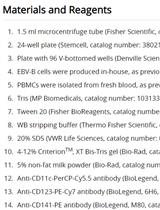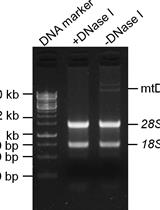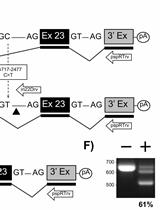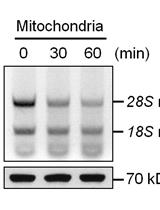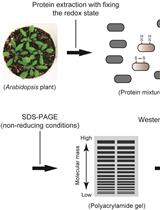- Submit a Protocol
- Receive Our Alerts
- EN
- Protocols
- Articles and Issues
- About
- Become a Reviewer
Past Issue in 2019
Volume: 9, Issue: 11
Biochemistry
Tryptophan Fluorescence Quenching Assays for Measuring Protein-ligand Binding Affinities: Principles and a Practical Guide
Cross-linking, Immunoprecipitation and Proteomic Analysis to Identify Interacting Proteins in Cultured Cells
A Detailed Protocol for Large-scale Recombinant Expression and Validation of Human FGFR2 with Its Transmembrane and Extracellular Domains in Escherichia coli
Glucosidase Inhibition to Study Calnexin-assisted Glycoprotein Folding in Cells
Immunology
Detection of Antigen-specific T cells in Spleens of Vaccinated Mice Applying 3[H]-Thymidine Incorporation Assay and Luminex Multiple Cytokine Analysis Technology
Measurement of CD74 N-terminal Fragment Accumulation in Cells Treated with SPPL2a Inhibitor
Molecular Biology
Improved Mammalian Mitochondrial RNA Isolation
Minigene Assay to Evaluate CRISPR/Cas9-based Excision of Intronic Mutations that Cause Aberrant Splicing in Human Cells
Organelle-associated rRNA Degradation
Neuroscience
Accessing Olfactory Habituation in Drosophila melanogaster with a T-maze Paradigm
Plant Science
Transient Expression Assay in Strawberry Fruits
Simple Method to Determine Protein Redox State in Arabidopsis thaliana


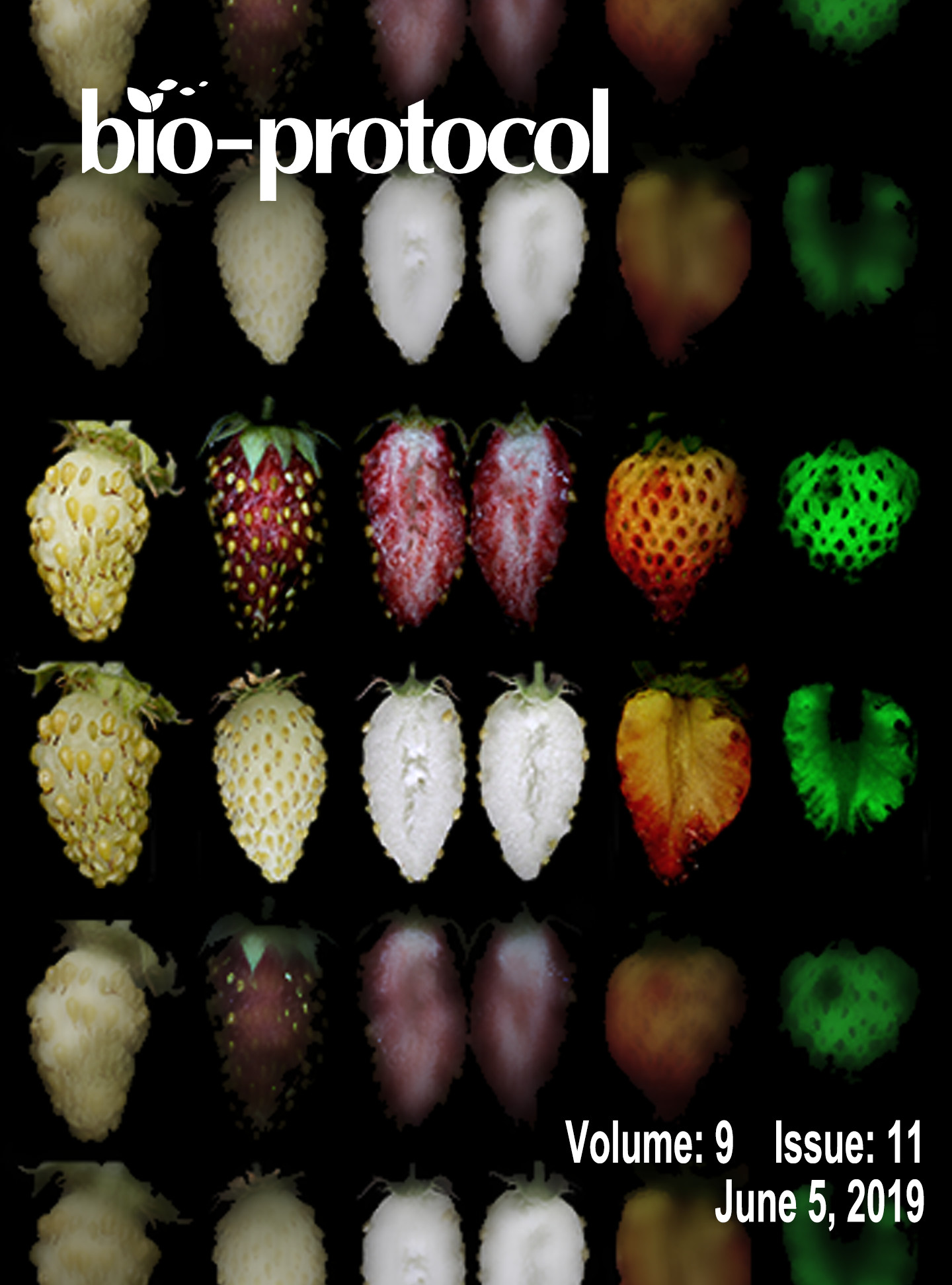
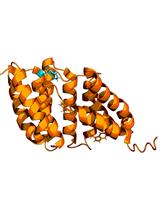

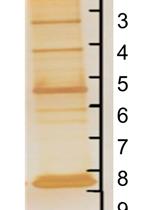
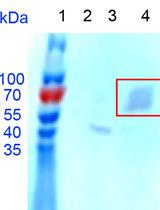

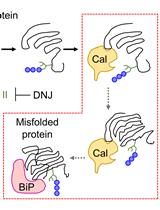
![Detection of Antigen-specific T cells in Spleens of Vaccinated Mice Applying 3[H]-Thymidine Incorporation Assay and Luminex Multiple Cytokine Analysis Technology](https://en-cdn.bio-protocol.org/imageup/arcimg/20190602114457576.jpg?t=1758534028)


